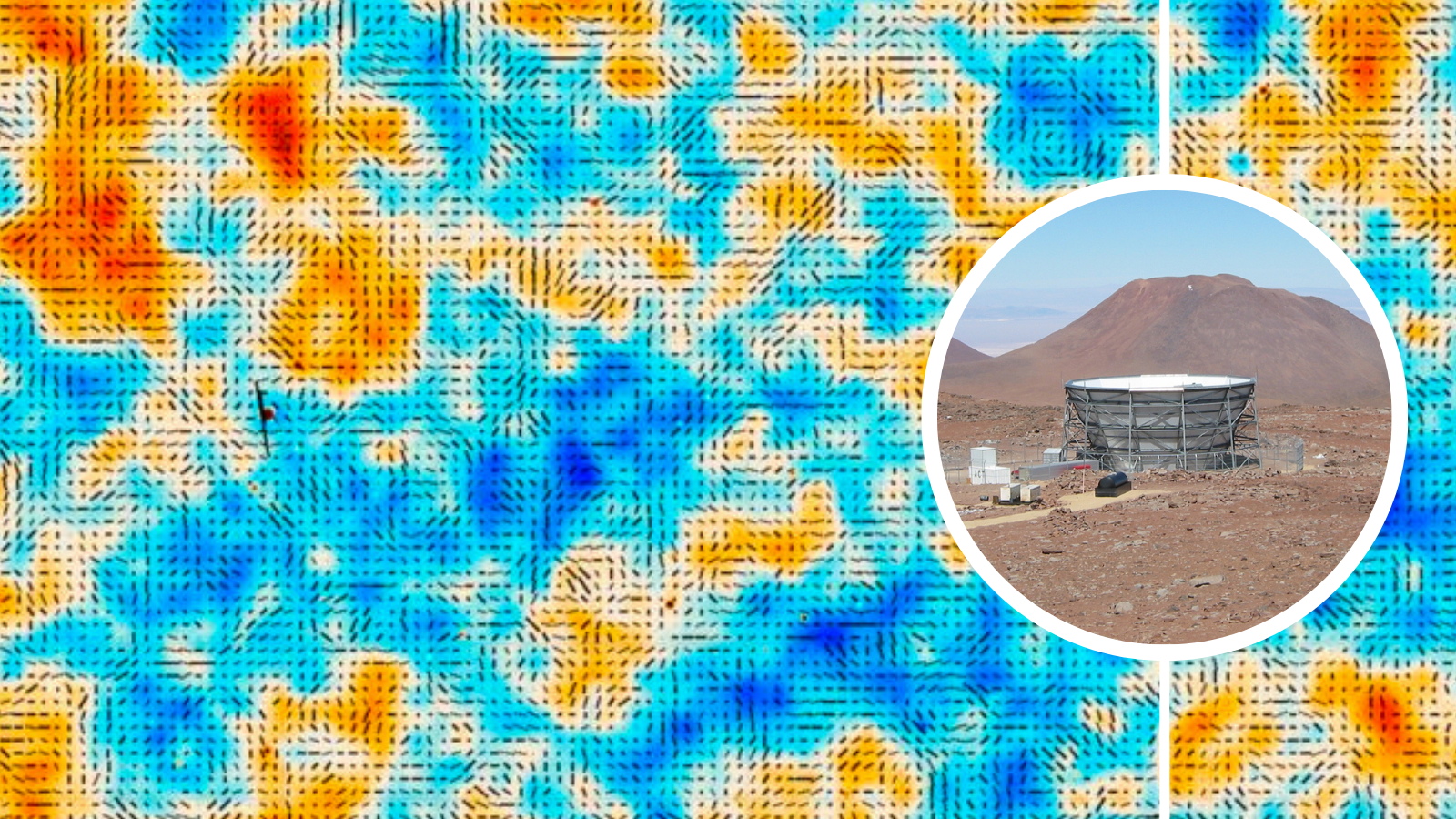Robert Lea is a science journalist in the U.K. whose articles have been published in Physics World, New Scientist, Astronomy Magazine, All About Space, Newsweek and ZME Science. He also writes about science communication for Elsevier and the European Journal of Physics. Rob holds a bachelor of science degree in physics and astronomy from the U.K.’s Open University. Follow him on Twitter @sciencef1rst.
Latest articles by Robert Lea
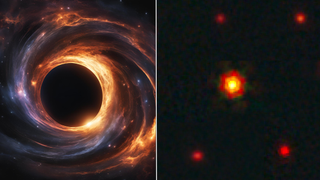
James Webb Space telescope spots 'big red dot' in the ancient universe: A ravenous supermassive black hole named 'BiRD'
By Robert Lea published
"The James Webb Space Telescope has opened a new frontier in extragalactic astrophysics, revealing objects we didn't even suspect existed, and we're only at the beginning of this adventure."
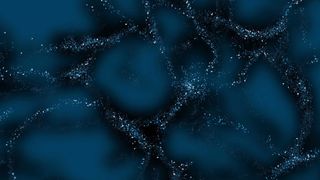
Dark matter obeys gravity after all — could that rule out a 5th fundamental force in the universe?
By Robert Lea published
"If such a fifth force exists, it cannot exceed 7% of the strength of gravity."
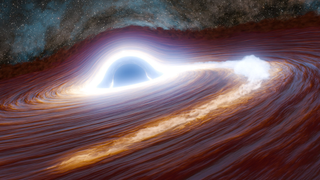
Scientists detect biggest black hole flare ever seen — with the power of 10 trillion suns
By Robert Lea published
Astronomers have detected the most distant and biggest black hole flare ever seen, the result of a black hole ripping apart and devouring a star 30 times as massive as the sun.
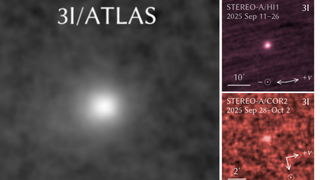
Interstellar invader Comet 3I/ATLAS is still full of surprises — an unexpected brightening has scientists baffled
By Robert Lea published
"The reason for 3I’s rapid brightening, which far exceeds the brightening rate of most Oort cloud comets at similar distances, remains unclear."
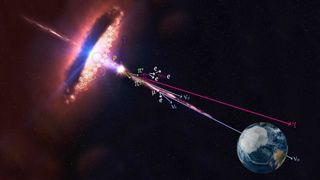
'Ghost particles' can zoom through you without a trace. Scientists are getting to the bottom of this cosmic mystery
By Robert Lea published
Scientists are searching for answers in the cosmic mystery of ghost particles known as neutrinos.
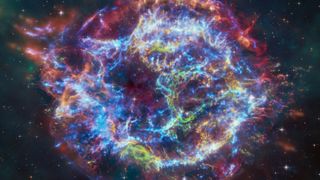
'Anti-social' cosmic explosion could change the way we think about dying stars and supernovas
By Robert Lea published
"Our scenario describes all the evolutionary phases of the supernova with great precision."
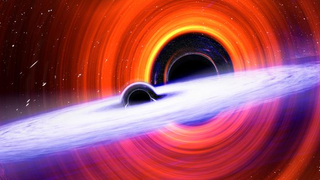
Scientists hear 2 newborn black holes 'crying' through ripples in spacetime — and one had a birth unlike anything seen before
By Robert Lea published
Gravitational wave detectors on Earth have heard the "cry" of two newborn black holes with some unusual and remarkable properties.
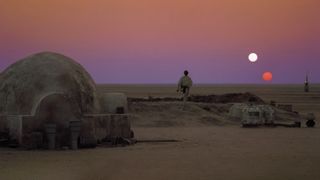
Scientists discover 3 Earth-size exoplanets that may have double sunsets — like Tatooine in Star Wars
By Robert Lea published
Using NASA's TESS exoplanet hunter, astronomers have discovered a strange arrangement of exoplanets around tight binary stars that shouldn't be.
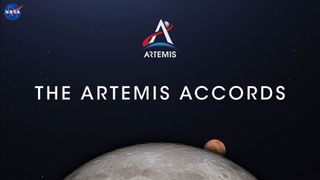
Artemis Accords: What are they & which countries are involved?
By Robert Lea last updated
Reference As the Artemis program aims to return humanity to the moon and beyond, the Artemis Accords lay out a framework for nations collaborating in this effort.
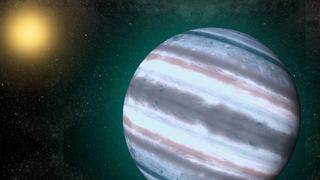
Where are all the 'hot Neptune' exoplanets? Orbital chaos may have booted them out
By Robert Lea published
A new program has discovered chaos in a nearby planetary system, which could explain the existence of a phenomenon astronomers call the hot-Neptunian desert.
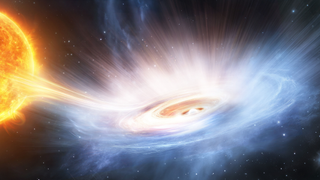
'It was the realization of a dream that we had chased for decades.' Powerful cosmic winds around neutron star reveal secrets of monster black holes
By Robert Lea published
Mysteriously powerful cosmic winds around neutron star may be 'game-changer' for understanding monster black holes
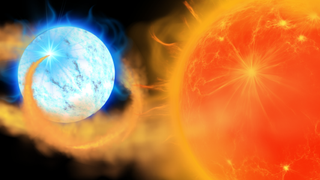
Doomed 'cannibal' star could soon explode in a supernova so bright it would be visible during the day
By Robert Lea published
"The speed at which this doomed stellar system is lurching wildly, likely due to the extreme brightness, is a frantic sign of its imminent, violent end."
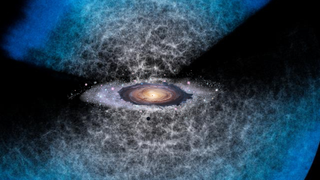
Forget supercomputers — scientists say a laptop could map the universe in minutes
By Robert Lea published
A new emulator is tackling the near-impossible task of mapping the universe's large-scale structure without sacrificing intricate details.
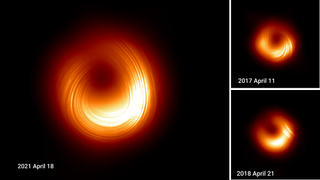
'Totally unexpected': Stunning new imagery shows big changes in the 1st black hole ever captured by humanity (photo, video)
By Robert Lea published
Newly released images of the supermassive black hole at the heart of the galaxy M87 show that the plasma that swirls around it has unexpectedly reversed directions.
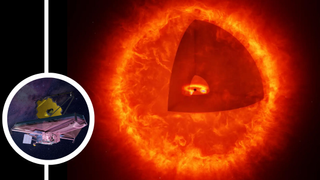
Are 'little red dots' seen by the James Webb Space Telescope actually elusive 'black hole stars'?
By Robert Lea published
The mystery of the James Webb Space Telescope's "little red dots" could be solved if they are not ancient galaxies but are entirely new celestial objects called "black hole stars."
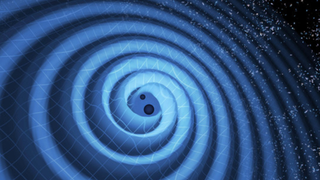
LIGO Legacy: 10 incredible gravitational wave breakthroughs to celebrate observatory's landmark 2015 find
By Robert Lea published
The first-ever detection of gravitational waves was made 10 years ago today (Sept. 14). In celebration, Space.com takes you through the most significant gravitational wave discoveries to date.
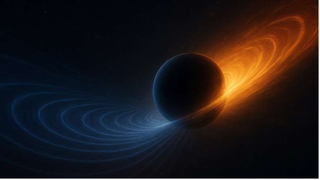
Scientists measure 'kick' that sent baby black hole flying away from its home for 1st time
By Robert Lea published
Everything about the Infinity Galaxy, recently discovered by the JWST, is strange. One odd feature could be the first evidence of a "direct collapse" black hole.
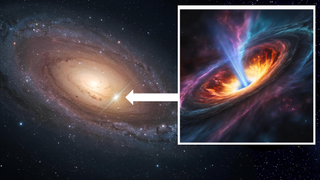
Astronomers discover rogue black hole speeding through distant dwarf galaxy
By Robert Lea published
Astronomers have discovered a rogue intermediate mass black hole blasting out jets over 3,000 light-years from the heart of its home galaxy, where it would usually lurk.
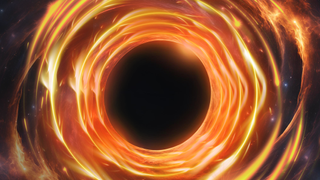
Scientists say there's a 90% chance we could spot an exploding black hole in the next decade
By Robert Lea published
New research suggests that if primordial black holes exist, there is a 90% chance our telescopes could detect one exploding in the next 10 years.
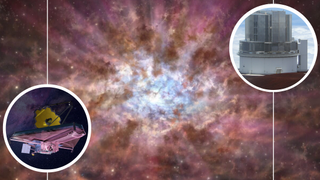
Astronomers finally find elusive, dust-shrouded supermassive black holes at ‘Cosmic Dawn’
By Robert Lea published
Using the James Webb Space Telescope and the Subaru Telescope in powerful tandem, scientists have discovered the first shrouded supermassive black holes at Cosmic Dawn.
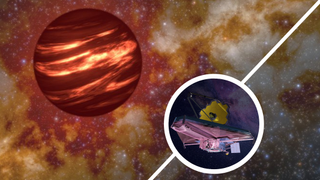
James Webb Space Telescope studies a 'failed star' named 'The Accident' to solve an old mystery of Jupiter and Saturn
By Robert Lea published
A study of the "failed star" brown dwarf known as "The Accident," conducted by the James Webb Space Telescope, may reveal a solution to an old mystery of Jupiter and Saturn.

Scientists find evidence of flowing water on Ryugu’s ancient parent asteroid. 'It was a genuine surprise!'
By Robert Lea published
Water may have flowed on the asteroid that birthed the space rock Ryugu a billion years after it formed, much later than previously thought, changing our perception of the early solar system.
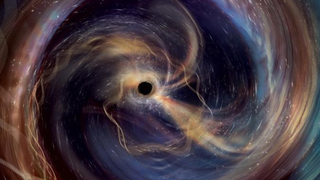
Gravitational wave detector confirms theories of Einstein and Hawking: 'This is the clearest view yet of the nature of black holes'
By Robert Lea published
Celebrating 10 years since the first detection of gravitational waves coming from colliding black holes, LIGO has confirmed the predictions of the greatest minds in physics.
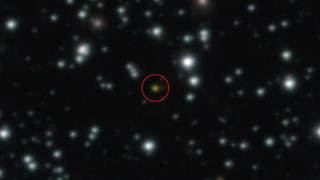
Astronomers discover repeating gamma-ray burst 'unlike anything we have ever witnessed before' (video)
By Robert Lea published
A newly discovered gamma-ray burst is unlike any seen before, repeating over the course of a day rather than erupting in milliseconds, leaving astronomers perplexed by its origins.
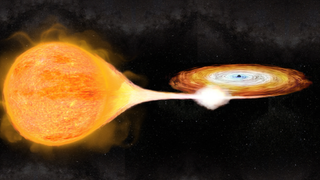
Small black holes are surprisingly messy eaters, Japanese spacecraft discovers: 'Being surprised is good'
By Robert Lea published
It isn't just supermassive black holes that are messy eaters. Using a Japanese space telescope called XRISM, scientists have found that small black holes are a "hot mess," too.
Breaking space news, the latest updates on rocket launches, skywatching events and more!

